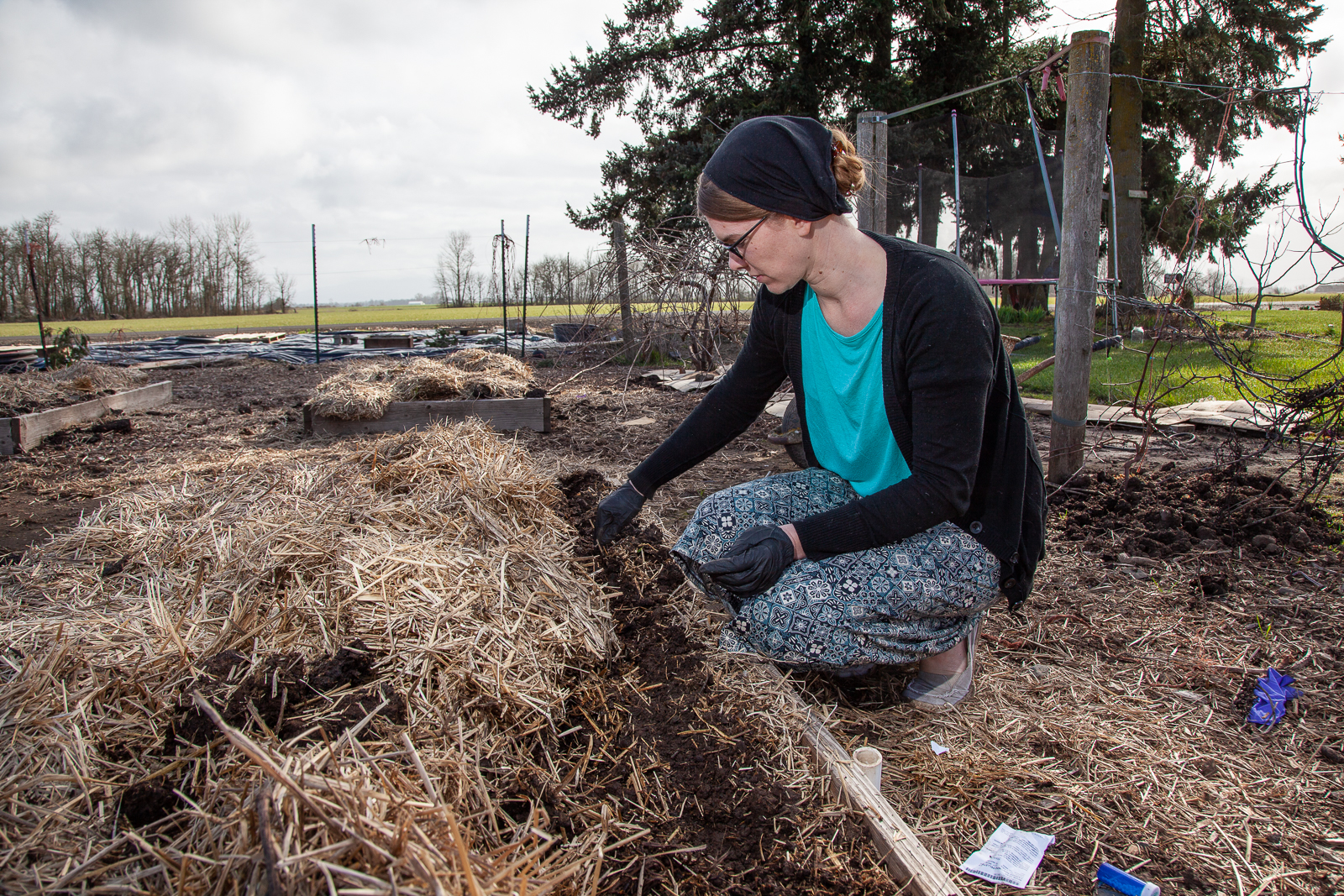
Gardening with Greta: March
There’s always something to do in the garden, even this time of the year. Greta, one Coastal’s favorite gardeners, is sharing her late winter to early spring garden insights, tips, and tricks to help you get the most from your patch of land.
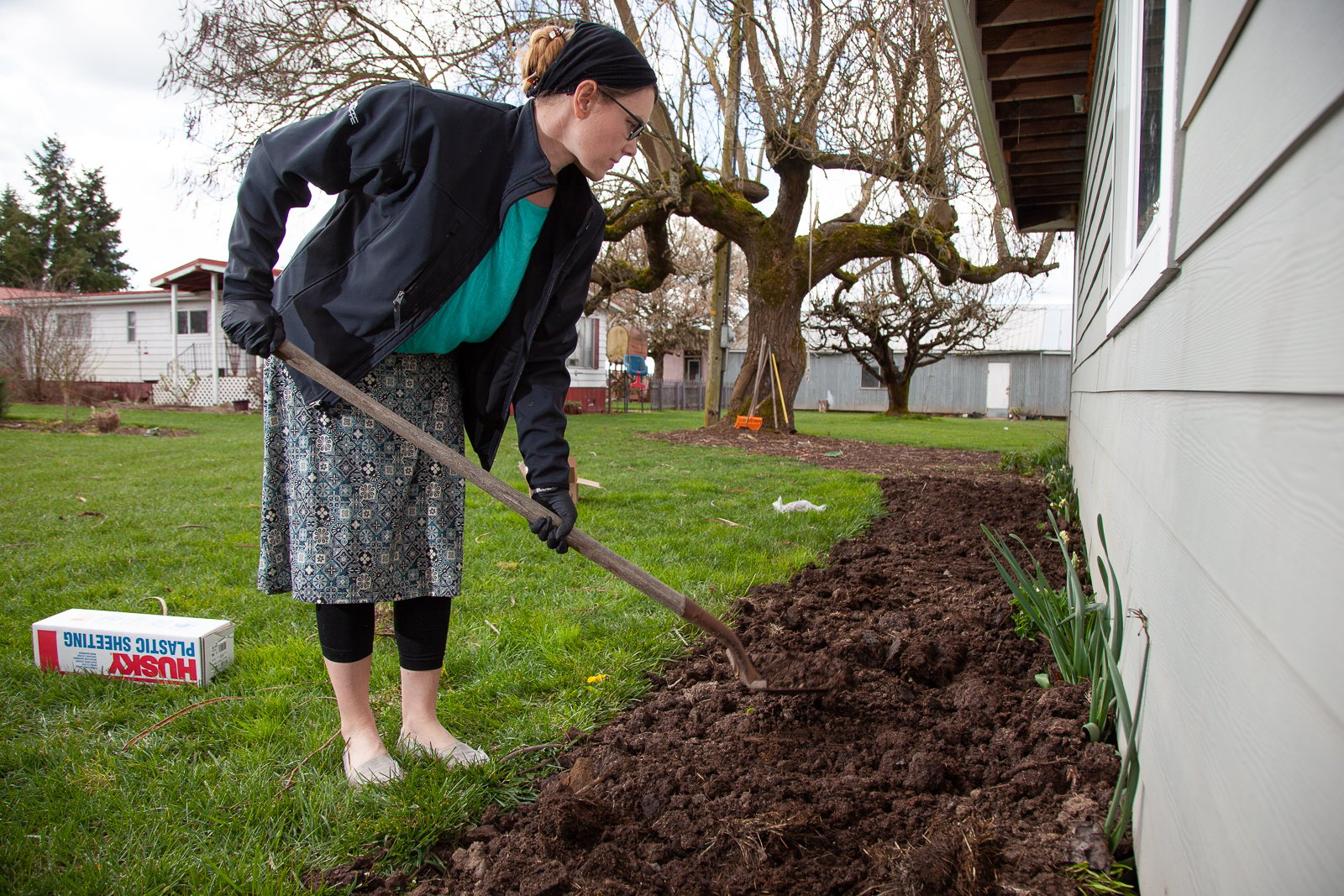
Planting New Strawberry Beds
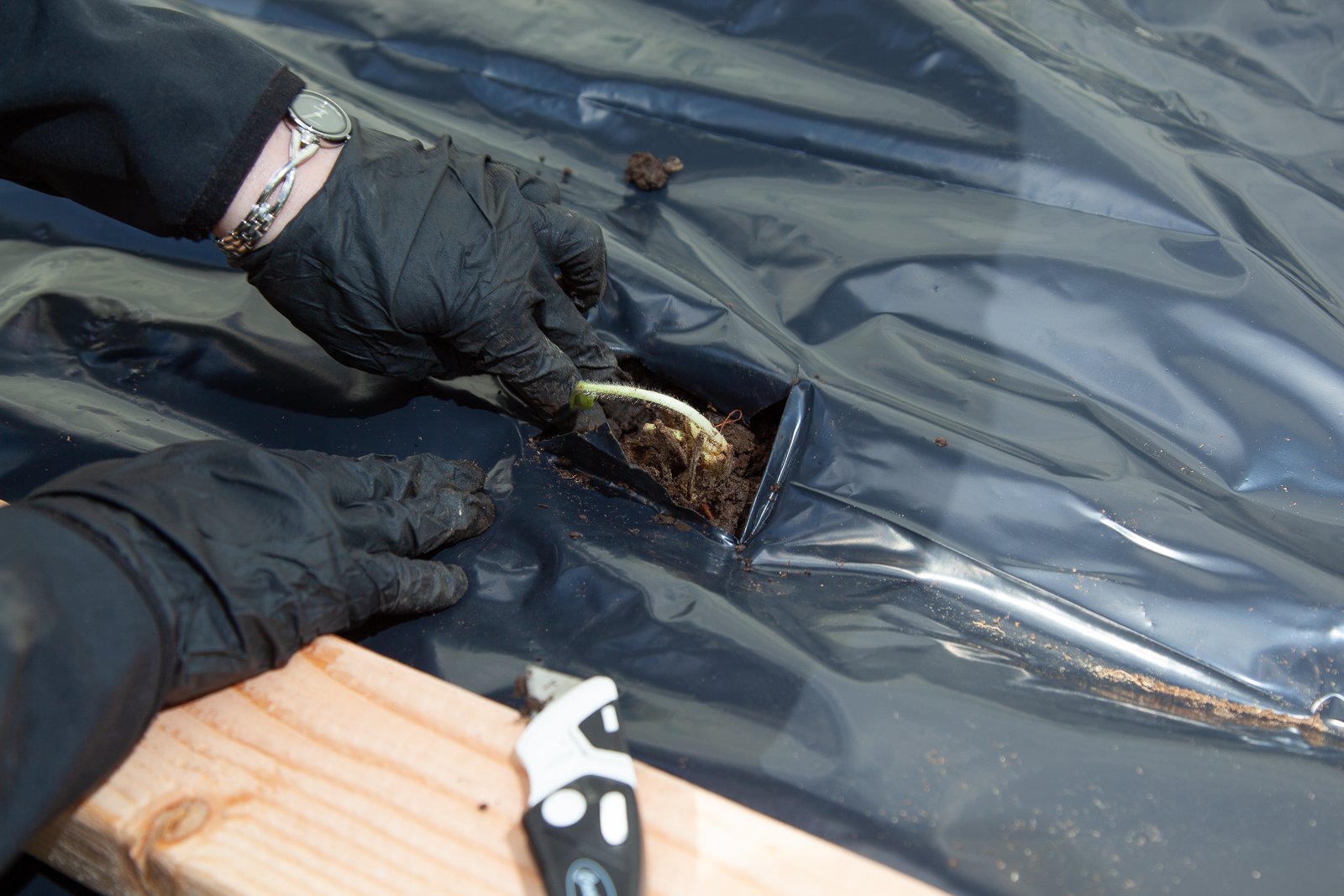
From there, the step-by-step process is straight forward:
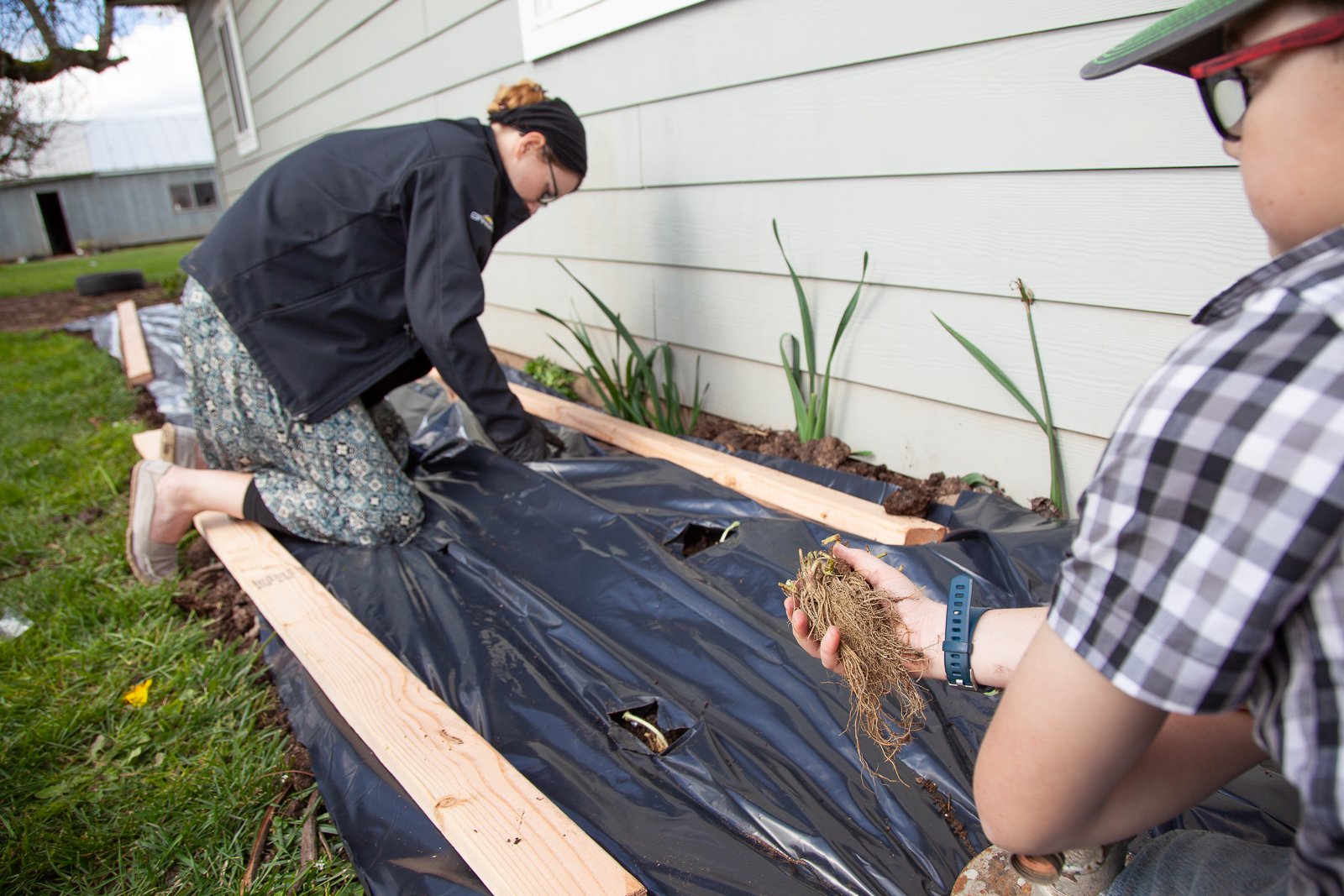
Recycle Tree Limbs and Plant Trimmings
If you have the means, grind up any tree branches and shrubs you may have cut in the fall and winter. Then use that as a mulch around fruit trees and in raised beds. To get the most from your mulch, spread it in layers of at least 1-inch at the base of plants. If the wood is in chips, the layer should be anywhere from 3- to 6-inches thick. Wood chips are ideal for trees and some bigger shrubs.
When spreading chips, do not push them into the soil. This can cause decay and infestations in live plants.

It’s Time to Plant Carrots
(in some locations)
The best time to plant carrots is 3- to 5-weeks before the last spring frost. If you’re not sure about your region, use The Old Farmer’s Almanac as a guide. Greta has pulled back the straw mulch she added last fall to make roon for the carrot seeds. Once they start to grow, she'll add the mulch bnack to keep the weeds down and the soil moist. To get the best results, loosen up the soil where you’ll be planting. Carrots like sandy and airy soil. Sow pellet seeds (for ease of planting and less thinning later). Plant at 1/4-inch and 3-4 inches apart. Keep rows 8-12 inches apart.
Coastal Tip: Use Diatomaceous earth when planting to help keep slugs (if they're in your region) and other pests from eating your seedlings.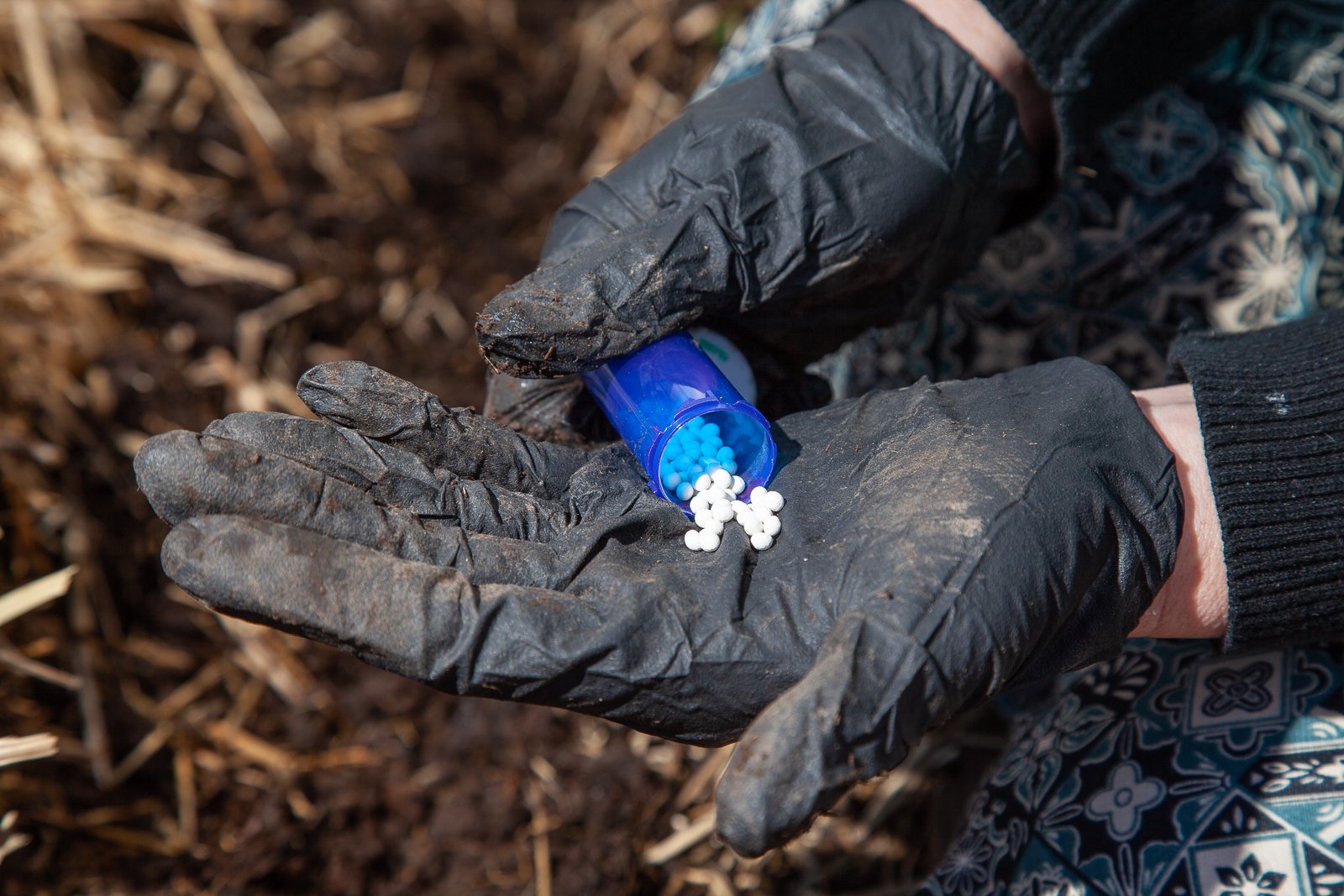
Finally, cover your carrot plantings with a thin layer of vermiculite or compost. Greta will be planting a new set of carrots every couple of weeks so her family will enjoy multiple harvests.
Adding Roses Can Boost Your Bounty
Looking for a green way to keep bugs out of your garden and give bees something to buzz about? Add some roses around your garden. Greta suggests adding different types of roses to the ends of planter boxes and garden rows. Just be careful to plant them in areas where they can easily be managed and pruned.If you already have roses, this is also a perfect time to prune them back for springtime and summer blooms. Trim away diseased or damaged wood, and trim back the healthiest canes to 14 to 16-inches above the ground.
When should you plant your roses? On the west side of the Cascade range, you’ll want to plant new roses in March. The east side of both Oregon and Washington might need to wait until April or May, depending on when the ground starts to thaw. 
To plant a rose, dig a hole that is twice as wide and deep as the pot your rose was planted in when you bought it. Add some compost and native soil to the hole and plant your rose. Greta adds two inches of mulch and wood chips around her roses.
Coastal Tip: After planting yor roses, add Bayer Rosed & Flower Care. 1 cap full per rose at planting will help feed your roses, keep pests away, and help to prevent disease.
